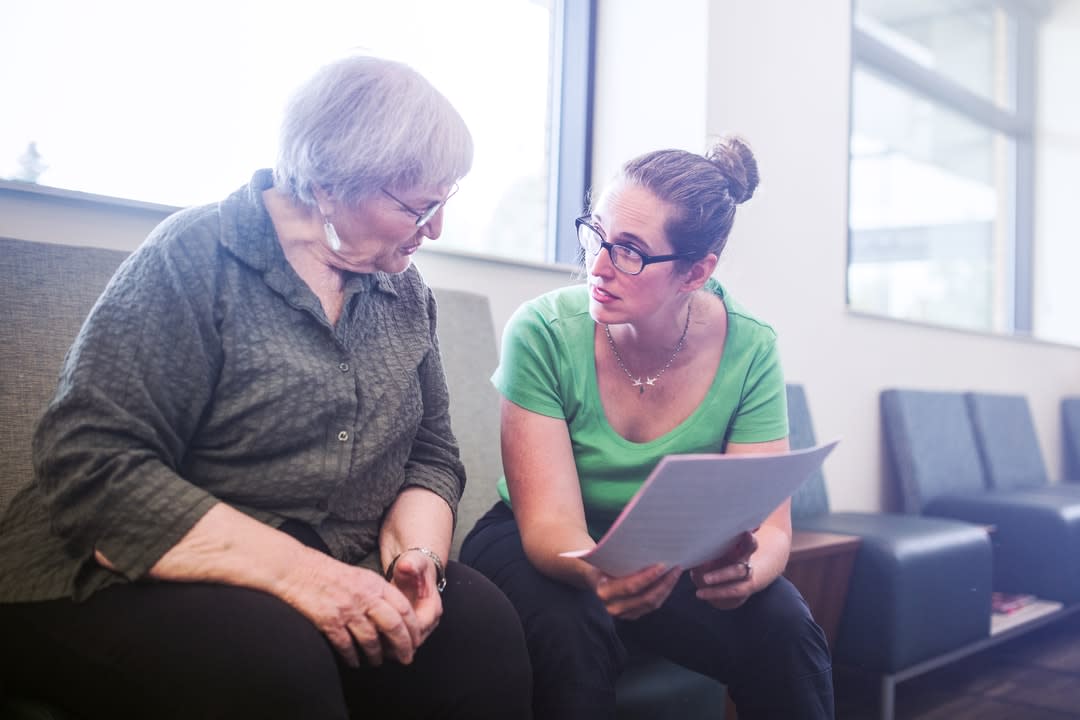Recruitment strategies to turbocharge clinical trial participation
Participant recruitment is one of the biggest challenges in delivering successful clinical trials globally. A 2015 analysis revealed that 19% of trials were closed or terminated early because they couldn’t source enough participants; others have shown that as many as 86% of trials don’t hit recruitment targets on schedule.
Two trials from the Australian and New Zealand Intensive Care Research Centre, within Monash University’s School of Public Health and Preventive Medicine, are tackling this problem with novel strategies that researchers hope will see these life-saving trials deliver on their full potential.

The first trial, called TAME, rose from lead researcher Dr Glenn Eastwood’s clinical interest in improving outcomes following cardiac arrest. For those who survive the initial event and have their hearts restarted, neurological damage from lack of oxygen to the brain is often the greatest challenge.
"The two studies now recruit together, use a shared database, and have shared outcome measures."
This randomised control trial explores whether maintaining carbon dioxide in the blood at a higher level than standard practice can improve oxygen supply to the brain. While it may seem counterintuitive, he believes doing so may encourage more blood flow and oxygen delivery to the brain, thereby reducing the degree of brain injury.
Dr Eastwood says: “At the time we were about to begin recruitment, we were aware of a research group in Sweden that was also about to start recruiting for its study, and was seeking the same type of patients. That study looks at a different treatment for these patients – lowering their core body temperature slightly. We thought it’d be really interesting to roll out our studies together, to boost recruitment and add depth to the data.
“The two studies now recruit together, use a shared database, and have shared outcome measures.”
While co-enrolment into studies isn’t new, this degree of harmonisation is rare.

“It’s worked incredibly well,” he said. “We’ve co-recruited more than 350 patients, and for TAME more than 1100 people from 56 sites across 16 countries, meaning that we've achieved 65% of our recruitment target, on time.
“As a result, we’ve been given the green light to proceed with the study to conclusion, which is what you want to hear as a researcher.”
By harmonising with the Swedish trial, they now also have rich data from an additional cohort of people that received both the cooling treatment and higher carbon dioxide.
“We now have this additional information that will mean that when treating clinicians speak to the loved ones of these patients, there’s even more evidence underpinning their predictions about prognosis.”
Going big, going global
Professor Carol Hodgson is a critical care researcher with Monash University’s Department of Epidemiology and Preventive Medicine.
She's in the planning stages of another project that also uses an innovative recruitment strategy. She hopes it will reduce the time required by clinical staff to contribute data, thereby boosting recruitment.
The MEGA-ROX trial builds on a previous 1000-patient trial that was published in the NEJM recently. It showed that the current standard treatment of liberal oxygen therapy for mechanically ventilated intensive care patients may not always lead to best outcomes, and that restricted oxygen provision may be warranted in some patients.

Her New Zealand-based colleague, Professor Paul Young, is already running the trial in that country, and he and Professor Hodgson hope to extend the study to Australia, as well overseas sites, recruiting 40,000 patients along the way.
“If we’re funded, this will be the largest randomised controlled trial ever performed in critically-ill patients,” she said. “Obtaining detailed medical information from that many patients is a huge undertaking.
“At each contributing site, someone needs to spend significant time inputting data for each patient. That adds up to be a big time commitment, and in busy ICUs it’s a major barrier to participation. We had to think outside the box.
Read more: Infecting healthy people in vaccine research can be ethical and necessary
“The Australian and New Zealand Intensive Care Society manages a database containing core information about every patient admitted to ICU in those countries – data around diagnosis, treatment and outcomes. It’s mandatory for ICUs to contribute that information.
“By embedding this trial in that registry, we can minimise the amount of additional data that each ICU needs to provide us per patient. We believe we can reduce the time commitment down to 20 minutes per patient, so it’s extraordinarily cost- and time-effective. In essence, we’re able to ask for less data, but from many more sites.”
Professor Hodgson’s excited about the potential impact of this project.
“It’s big enough that it will be definitive. In Australia, we see roughly 100,000 people receive mechanical ventilation each year, and our calculations indicate that of those people, 1500 lives could be saved.”
The study could also identify subgroups of patients that would specifically benefit from one treatment over the other. For instance, they believe patients experiencing hypoxic brain injury (oxygen deprivation) and sepsis (blood stream infection) may respond differently to liberal or restricted oxygen administration.
Read more: Coronavirus, medical research and the urgent need for more coordinated funding to fight COVID-19
Professor Andrew Forbes is head of the school’s Research Methodology Division, and has been involved in the design of many trials over his career.
“Time and again, trials fall behind schedule due to slow recruitment,” he said. “This can lead to budget blowouts or, worse, premature termination of a trial that could have yielded really valuable medical information. Underpowered trials caused by insufficient recruitment is a major problem in medical research.
“Designing trials within clinical registries is still a relatively new concept, but we’ve already had some success with the PEPTIC trial, a cluster-randomised crossover study embedded in international registries. We were able to collect data from 27,000 participants at around one-tenth of the cost of a conventional randomised controlled trial.
“With increasing interest in establishing these registries for quality-assurance purposes, they're a growing source of valuable research-grade information. It will be wonderful to see them utilised to their full potential.”






